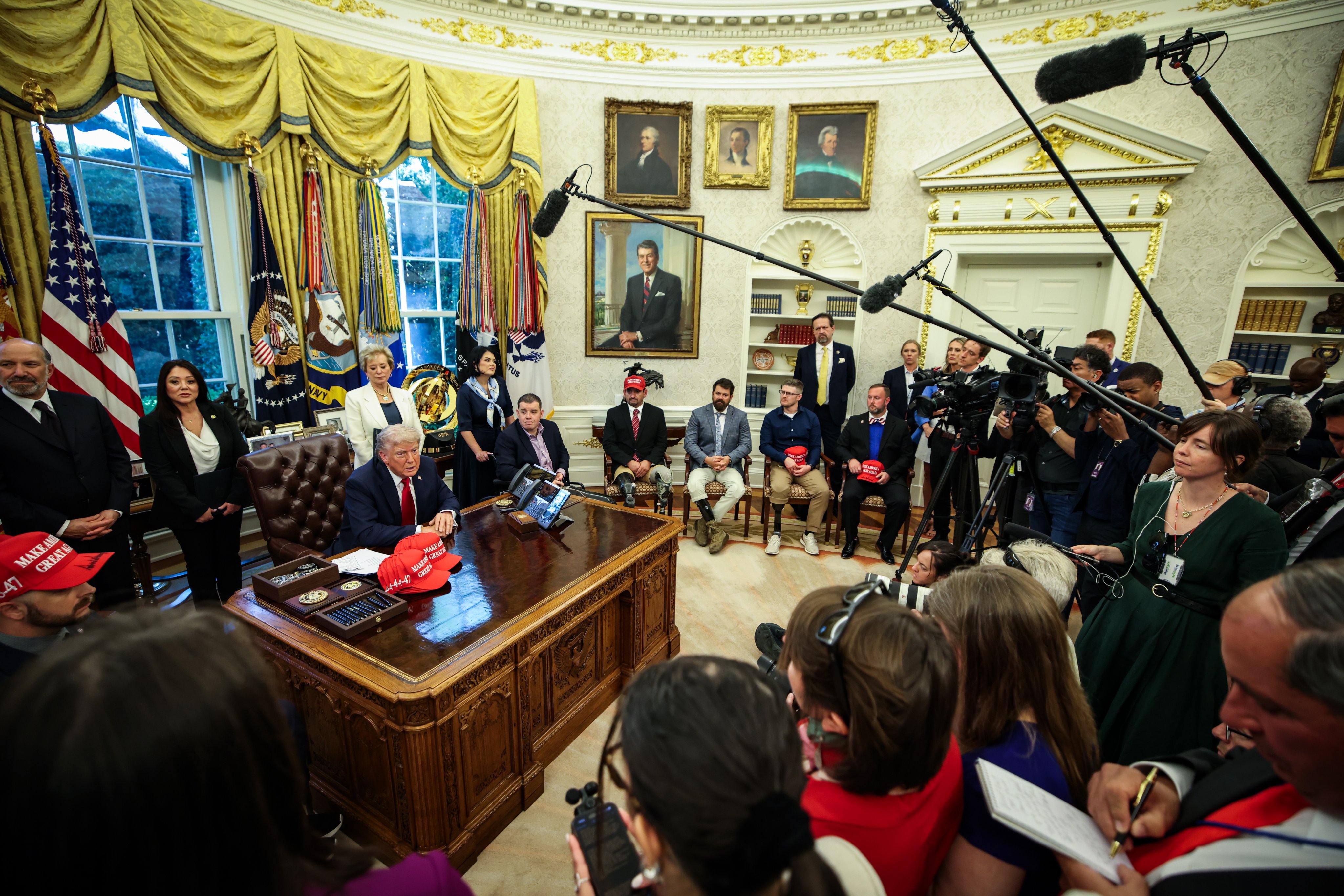Beware the hubris of an AI narrative centred on the US and China
It would be a mistake to neglect the agency of states, multinational organisations and powerful firms not fully aligned with either side

In the era of heightened geopolitical competition in nascent technologies, it is tempting to view the artificial intelligence (AI) race as centred around two key players – the United States and China.
At the Politburo’s April 25 economic-analysis meeting, Chinese President Xi called upon the nation to “achieve self-reliance and strength”, according to a Xinhua readout, and “secure a competitive edge in AI” – stopping short of naming the US.
Reciprocally, the US views China’s growing technological prowess with wariness – perhaps best epitomised by the Framework for AI Diffusion published in January, outgoing president Joe Biden’s parting “gift” that would have imposed stringent export controls on advanced AI chips across the world on May 15, but for US President Donald Trump’s decision to rescind it.
Many feel it is imperative for American companies to build artificial general intelligence (AGI) – AI that reaches or surpasses human cognitive capabilities – before China, so as to secure holistic advantage in this great game.
Yet this is a foolhardy narrative. Unbridled AI development – with immense risks ranging from the loss of human control over autonomous weapons systems and nuclear weapons to deception and manipulation by non-aligned AI – could produce a world where everyone loses. At what cost would this race be “won”?
Such simplistic, binary narratives also neglect the agency and interests of third parties – countries, multinational organisations and powerful corporations neither fully aligned with Beijing nor Washington. While AI model training and development is resource-intensive, model performance is but one part of the equation.
Take semiconductor supply chains as a starting point. Advanced graphic processing unit (GPU) chips have emerged as a necessary (though insufficient) component in the iterative training of advanced AI models. Mainland China’s semiconductor output is estimated to account for 7 per cent of the global total.
The US produces just 10 per cent of the global output but dominates with 39 per cent of the value chain, a share that rises to 53 per cent when Taiwan, South Korea, Japan and the European Union (especially the Netherlands, home of ASML Holding) are included.
The presumption that these regions would remain firmly committed to the US has been put to the test under the transactional and erratic leadership of Trump. These loyalties should not be taken for granted, especially given China’s increasingly sizeable share of the market.
Nvidia CEO Jensen Huang warns of the “tremendous loss” for American companies shut out of China’s AI market, expected to be worth US$50 billion in three years. Nvidia is reportedly developing China-tailored chips – testament to Huang’s dexterity and fortitude amid the industry’s politicisation.
Even as the US ratchets up its efforts to block Chinese companies from AI progress, it cannot stop the outflow of top talent, who are increasingly finding their way to China, amid the intensifying scrutiny of ethnic Chinese scientists and engineers kick-started by Trump in his first term.
Determined corporations, investors and scientists will not acquiesce to politicians and bureaucrats bent on weaponising their output to notch up victories on an imaginary scoreboard. They are just as important players as the governments they closely collaborate with.
In recent years, Southeast Asian states have emerged as nodes in the creative circumvention of the stringent stipulations in the Chips and Science Act, serving as a critical conduit for advanced chips to flow into China.
Given the “hyper-competitive and hyper-transactional geopolitics”, as European Commission President Ursula von der Leyen puts it, even the best-designed regulations can be hamstrung by loopholes created not just by enforcement difficulties, but also the autonomous decisions of companies.
Pressure has mounted – especially since the emergence of Chinese AI start-up DeepSeek – for governments in the region to crack down on chip smuggling. This has not stopped Malaysia from positioning itself as an appealing back-end operations site for leading American firms such as Intel and GlobalFoundries. Malaysia commands 13 per cent of the global market for chip packaging, assembly and testing.
Indeed, when small and medium states come together, they could wield impressive agenda-setting abilities. As a critical counterbalance to the US and China, the EU has sought to carve out a niche in the AI space as a leading regulatory authority.
Its AI Continent Action Plan, unveiled last month, sought to strike a balance between expediting innovation and protecting the rights of consumers and citizens – offering an alternative exemplar to the regulation-light American and Chinese approaches.
While the EU’s AI Act has been much-maligned for stifling home-grown innovation, scholar Anu Bradford coined the term “Brussels effect” to describe the outsize and constructive norm-setting impact of European regulations, especially on corporations and governments in the Global South that depend heavily on the European market.
On the continent, France is attracting major investments as it seeks to position itself as a leading AI infrastructural hub in the Global North – tapping Emirati capital and technology for data centre construction. Britain, the birthplace of Bletchley Park and DeepMind, is also shaping up as a leading voice on AI safety and alignment – vital concerns meriting significantly more attention from the global community.
In theorist Amitav Acharya’s words, the global technological order today is trending towards “multiplexity”. In a multiplex world, no single hegemon can dominate; economies are increasingly interdependent and hence vulnerable; sub-state and interstate actors are becoming precipitously powerful in shaping the highly diverse international system of technological manufacturing, development and regulation.
Great powers should beware of hubris.